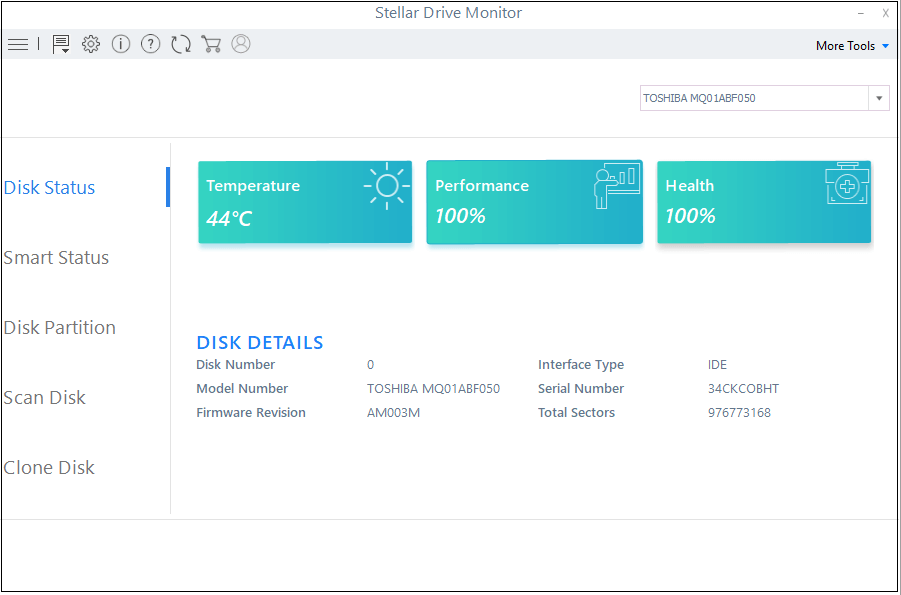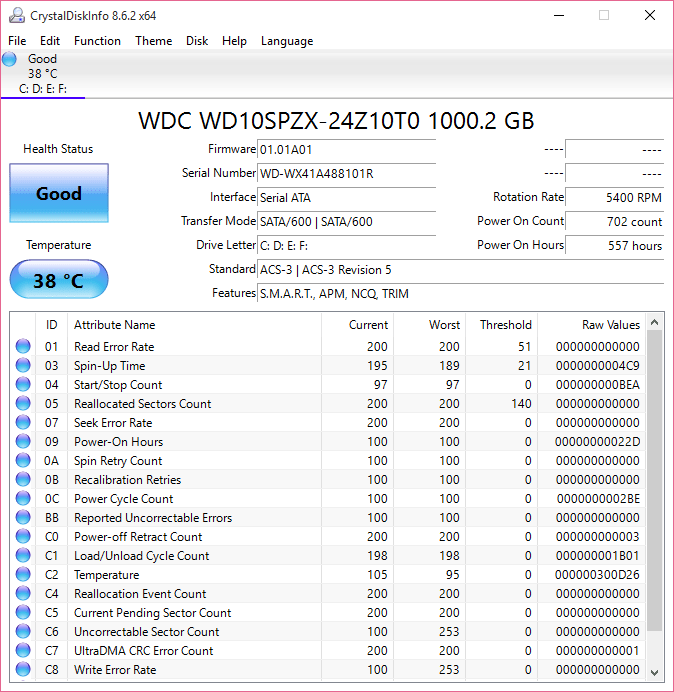

If your drive or drives are not OK, make sure your data is backed up on a working external hard drive. If you get error messages with error codes, be sure to look them up online. If you have an external drive or drives plugged in, the WMIC command will check those as well. All WMI objects and their properties, including their methods, are accessible through the shell, which makes WMIC an advanced systems management console. You can also see the make and model of the hard drive. In its simplest form, WMIC is a utility that allows you to interact with WMI from a WMI-aware command-line shell. On Windows 7 type ‘ cmd ‘ in the start menu, right click on cmd.exe and select ‘run as administrator’. It is possible to run an hdd test without installing any tool and receive an OK or CAUTION. Make sure you type the command exactly as it’s shown above or it won’t work.Īs you can see above, my hard drive is A-OK. Windows also natively integrates a basic SMART tool: WMIC. In the Command Prompt enter the following command exactly as shown (copy & paste works too):

When “Command Prompt” appears at the top, press Enter.

#WMIC DISK HEALTH WINDOWS 10#
In Windows 10 type CMD in the taskbar search. See our article here.Īnd there’s another, lesser-known way, to check your drive(s) and that’s by using the WMIC command. Hard Disk Sentinel gives complete textual description, tips and displays/reports. Its goal is to find, test, diagnose and repair hard disk drive problems, report and display SSD and HDD health, performance degradations and failures. You can also check your drives using CHKDSK and the Command prompt. Hard Disk Sentinel (HDSentinel) is a multi-OS SSD and HDD monitoring and analysis software. Click the “Check” button under “Error checking. Choose “Properties” then click the “Tools” tab.Ĥ. In “This PC”, right-click on the drive you want to checkģ. There are several ways you can check your hard drives without downloading 3rd-party apps.Ģ. Check Your Hard Drive(s) Using the WMIC Command


 0 kommentar(er)
0 kommentar(er)
